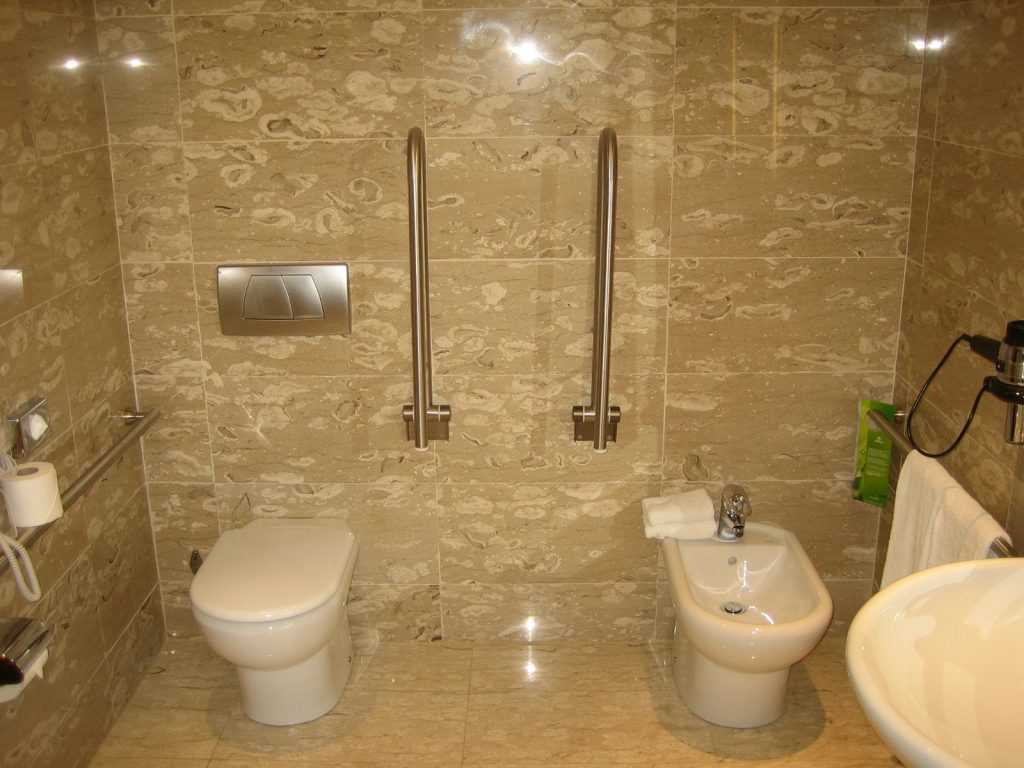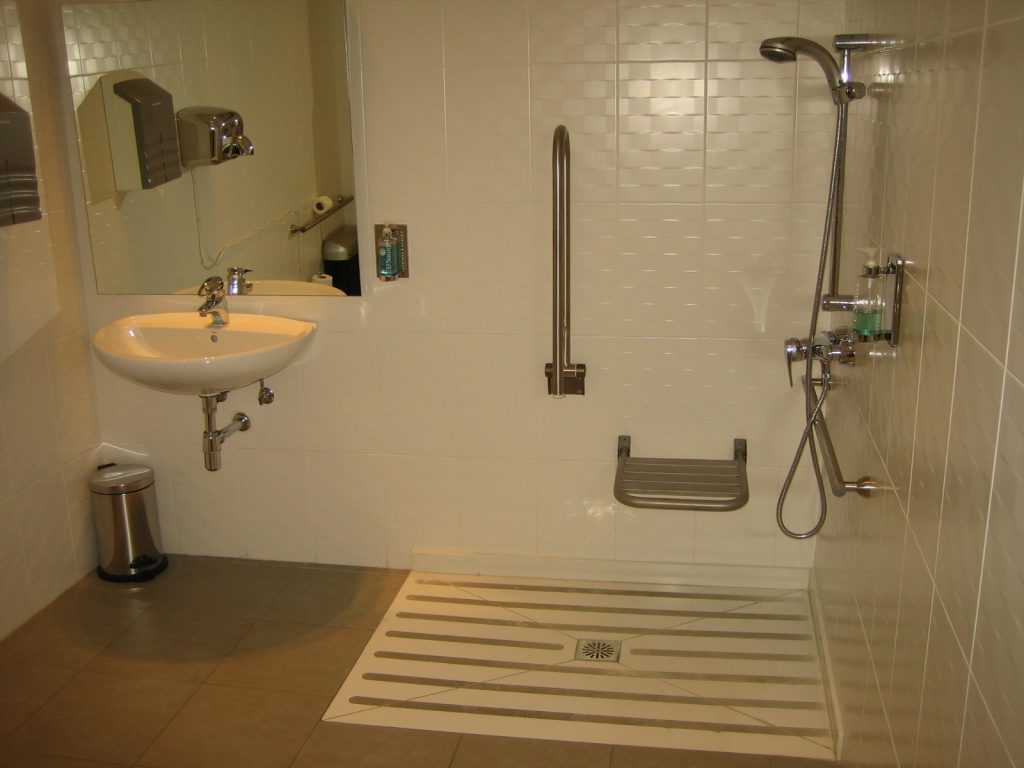Enrique Rovira-Beleta Cuyàs on Accessible Travel and Tourism: Part 2

This article is the second of a three-part interview with Enrique Rovira-Beleta Cuyás, an architect and professor of architecture and accessible design at the School of Architecture of the International University of Catalonia in Barcelona, who lends his expertise for public and private commercial and residential building projects. For everyone, he is an advocate for accessible tourism and travel. He has been a wheelchair user since 1982. He formed his architecture studio in 1994 after completing his studies in 1993. In 2009, he founded Rovira-Beleta Accessibility Consulting. He has established and improved accessibility laws, regulations, and policies for public and private organizations in Spain and overseas, notably in Latin America. These have included preparing the drafts for accessibility regulations in force in Catalonia (Law 13/2014 and Decree 209/2023) and Spain, and participation in AENOR working groups. AENOR (Asociación Española de Normalización y Certificación-Spanish Association for Standardization and Certification) is a private, non-profit organization dedicated to the development of standardization and certification in industrial and service sectors to improve technology in Spain.
Projects have included public and private use buildings, housing, urban planning, transportation, products and services, and their respective information and communication systems. Enrique has taught the course on accessibility in the five-year program at the School of Architecture at the International University of Catalonia (UIC Barcelona) since 2005, which has been mandatory since 2009. Since 2010-2011, he has supervised the integration and implementation of accessibility for all the students for all final degree projects. He has directed the “Expert Postgraduate in Accessibility,” an interactive online course in Spanish with student enrollment from Spain and other countries for 13 editions, a pioneering global initiative.

In general, how is accessibility in Spain for travelers with reduced mobility?
It depends on the level of reduced mobility/communication with the user. Therefore, it`s okay for those who have mild disability and bad for those with severe disability. Without a doubt, there has been much progress since the publication of the Law of Social Integration of the Disabled (LISMI) in 1982, when there was almost nothing. The initiatives sought to remove architectural barriers and focused on “special ramps for the disabled.”. Many of them had steep slopes. Users needed assistance to overcome them.
After fourty years, and under current regulations for accessibility in Spain, all new construction projects or rehabilitation must be accessible and meet norms and requirements. As a result of these improvements, most people who walk with difficulty have greater autonomy. Still, many face barriers travelling in Spain. These include those who have a disability, like myself, a wheelchair user, or those with visual, hearing, and cognitive disabilities, whether manual or motorized.
I recently reviewed buildings for different clients in various regions of Spain, essentially in the entire national territory. I found essentially the same situation in them. There are failures in applying regulatory accessibility criteria in most establishments that claim to be accessible, notably in the design of rooms, hotel and campsite bathrooms, and restaurants. Many are not sufficiently prepared or adapted for people with disabilities. The same situation occurs in transport, for example, for coaches and vans. This results in an increase in the economic cost of the trip for the disabled user and time spent “looking for what is accessible.”.
Therefore, as it currently stands, I need to travel with a companion, in my case with my wife. I am considering hiring a personal assistant to help and accompany me so I can free up my wife. An assistant would help me travel on routes with many hills and when I need to use different hygienic services, public and private, and in guest accommodations. Nowadays, I still face barriers in the accommodations I designed, which the clients assured me are accessible. Yet, there are always errors in the application of regulations because of the lack of knowledge and training that even cause me to fall or make it very difficult for me to be autonomous as a person with a disability, for example, when using the toilet or shower. Next week, I am travelling on a cruise to avoid staying at hotels that are not accessible in their details, which may be the reason for their lack of the approved accessibility certification. Additionally, I cannot participate in all the excursions in Italy or France, where the cruise arrives, as they are not prepared for disabled people.
What is at the root of the problems you encounter?
Many accessibility features do not comply strictly with the requirements established by the regulations, such as compliance with height of the WC, position of support bars, height of fixed and folding shower seats, lack of space to maneuver in a wheelchair, height of beds, and switches that don’t turn off all the lights. Some designs are unnecessarily expensive. What is missing are fundamental elements, such as hangers for hanging clothes in closets that are supposed to be accessible and the availability of hangers with a stick for hanging clothes in closets without losing space for drawers below.
Unfortunately, some technicians who have carried out these works in architecture and interior design or maintenance and those who have provided their accessibility qualifications are unaware of these details. The problem is a lack of training, although such regulation details are needed so that people with special needs can travel and be autonomous.
Are the laws regarding accessibility national or regional (by communities)?
With the number of regulations (local, governmental, and national) in Spain, designers, architects, and specialists must be clear about which ones to apply in every Autonomous community. They must also know if it is possible to make “reasonable adjustments” if it is not possible to comply strictly with the requirements in existing buildings and, in a multi-level situation, which regulations to apply.
In short, if the architecture and design professional has expertise in accessibility criteria, it should not be difficult for them to meet the regulatory requirements. However, as usually happens, many professionals have many limitations in their knowledge of the regulations for accessibility. Some may have to request advice from professionals or accredited accessibility consultancies to ensure their designs or projects comply with the normative measures. I understand that many professionals in the United States engage consultancies or accessibility experts, thus ensuring that projects comply strictly with the Americans with Disabilities Act (ADA) regulations.
What initiatives would you like to see?
I would like to see mandatory university courses for those in different programs about the capabilities of people with disabilities and how to better their quality of life, how accessibility improves the quality of life for all citizens, and the design of safe and comfortable features in our cities and towns, when they introduce regulatory requirements.
Concerning accessible tourism, it is necessary to establish mandatory teaching in undergraduate studies about accessibility with examples of best practices so that everyone can discover the advantages and benefits of an accessible tourism business. Hopefully, one day, this will no longer be necessary because the different professionals in universities and colleges will understand and implement accessibility requirements so that their projects, designs, activities, services, means of transportation, information/communication systems, web pages, IT applications, etc. will be accessible.
What are some of the challenges?
Until accessibility subjects are mandatory for the training of professionals, they must hire accessibility experts to supervise projects, works, and the design of different products, services, and activities. This may mean ensuring collaboration with the Facultative Directorates and Technical public and private drafters of these buildings, environments, spaces, products, and activities to get that the final result comply with , or even go beyond regulatory requirements, especially in the tourism sector.
Until accessibility subjects are mandatory for the training of professionals, they must hire accessibility experts to supervise projects, works, and the design of different products, services, and activities. They may have to collaborate with others, such as technicians specializing in public and private buildings, environments, spaces, products, and activities, to ensure that the final result complies with or even goes beyond regulatory requirements, especially in the tourism sector.

Read the first part of my interview in Enrique Rovira-Beleta: Advocate for Accessible Design in Spain and Abroad.
Post navigation
← 2023 Made in Spain Holiday Gift Guide© 2023 Spain for Design
